Foreigners at Cretan Entry Ports
An update to issues represented in our 24 February 2011 article “The Chinese are Coming”
01 November 2016 by James C. Stratis
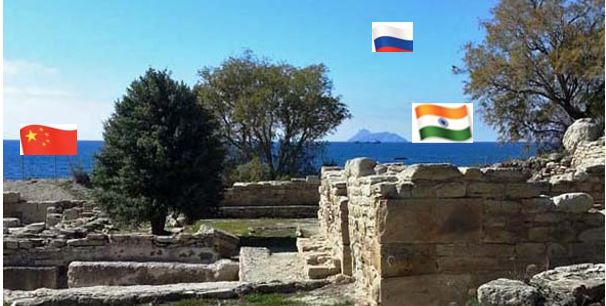
It was five years ago that we posted the blog “The Chinese are
Coming”1, a title which mimics the British invasion warning
by Paul Revere at the outset of the American revolution.
The blog was an aggregation of several stories that could impact
the Kommos archaeological site and the potential for public park access.
That title refers to Greece assisting Chinese nationals out of Libya and
an agreement with the Chinese (COSTCO) for a long term lease and management
agreement at Greece’s largest shipping port serving Athens and
mainland Eastern Europe**. The Chinese also were in negotiations for
long term involvement with shipping port expansion at Tympaki Crete,
which is north of Kommos. That redevelopment of the existing seaport
according to local western Mesara native residents is stalled and may
not come to be, at least anytime soon, if ever.
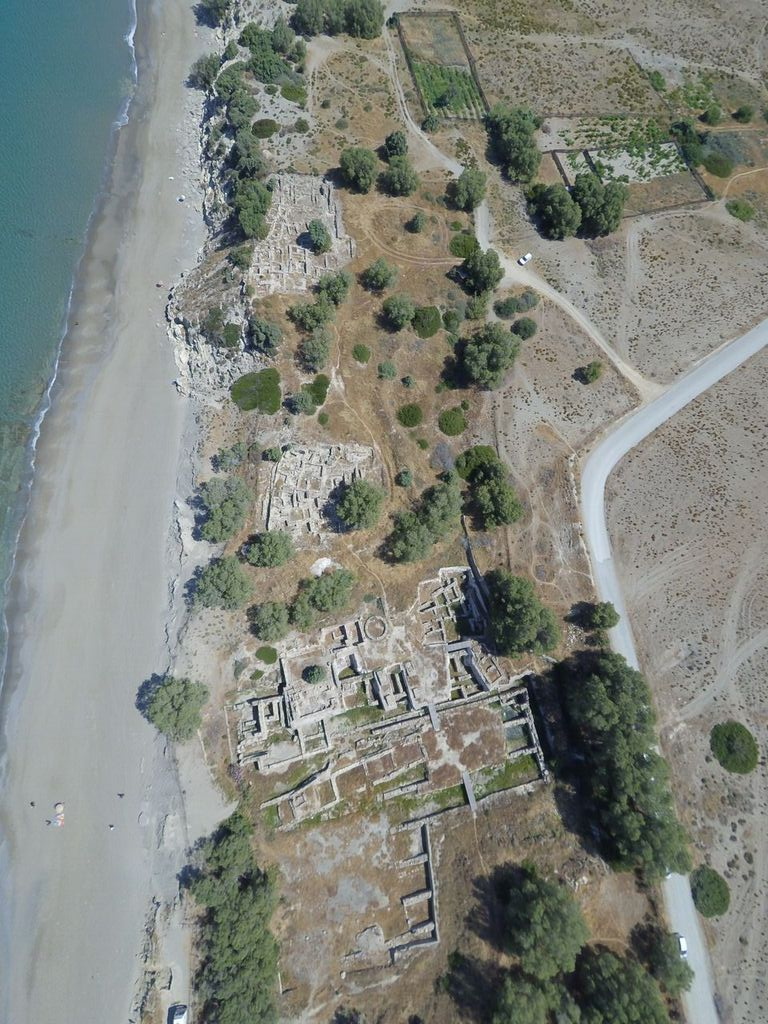
You can see a video of a Chinese container ship pass by Plakias,
north-west of Kommos in the 2011 blog and witness the huge
impact on the vista. It is also possible that the endangered
loggerhead turtle Caretta caretta turtle nesting
habitat would be adversely affected.
Environmental, infrastructure, increased commercial road traffic,
Caretta caretta conservation and the largely unchanged agricultural
character were some issues that concerned many of the divided local
resident’s opinions, as to the controversial economic
benefits of the Chinese (COSCO) proposal.
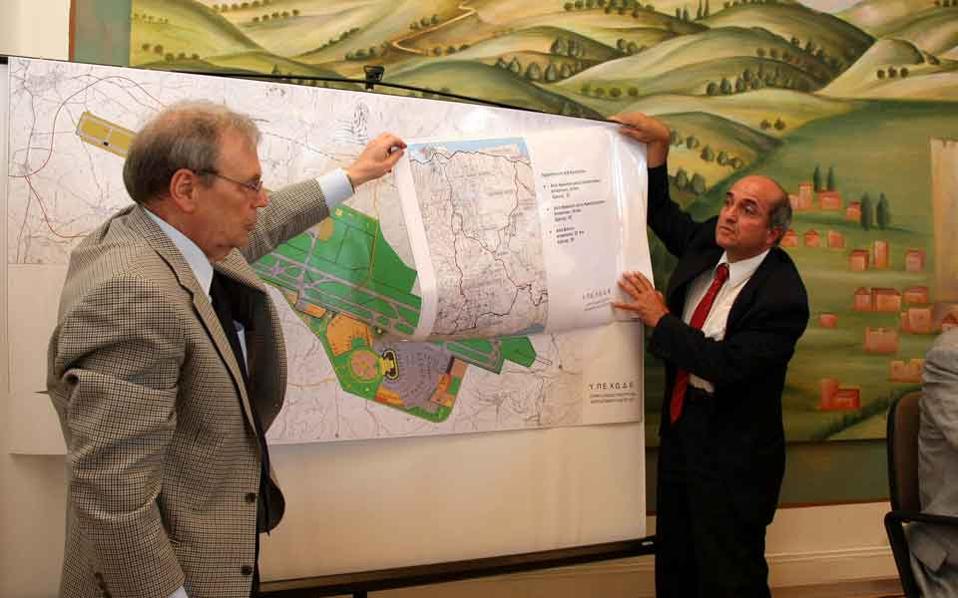
Another one of the stories in the 2011 blog was derived from a 2009 article from Oriste2, an on line digital news source, that reported on a replacement airport for Crete’s Capitol and largest airport, serving Heraklion and Greece’s second most visited archaeological park– Knossos. There were also several insightful follow on opinions, submitted by readers. Eventually Oriste published an update3 in 2011 on the airport relocation, which has still not been awarded but finally , thirty years after the new airport was proposed, Greece’s Kathimerini4 reported that only one bid was received by the already extended 28 October 2016 deadline. The bid is from GEK Terna, a construction firm based in Greece and an Indian company GMR Airport Ltd. Which was involved with construction and management of the airport in Istanbul.*
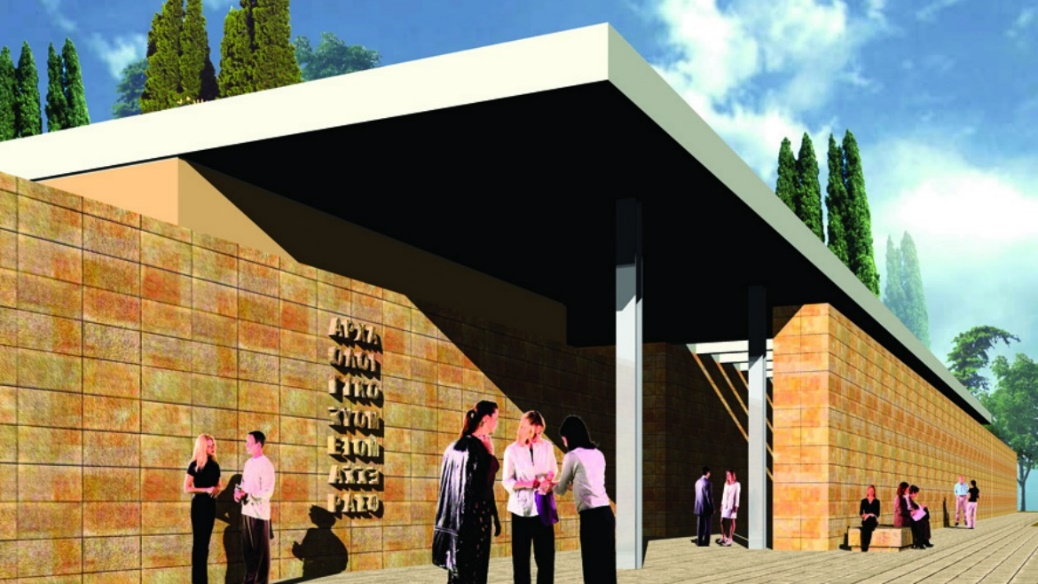
The airport relocation to Kastelli produces a longer drive to Kommos
by approximately 25 minutes as compared to the existing Heraklion
airport. The route will beneficially pass by the newly constructed but
yet to open Museum of the Mesara 2.5 km west of Agioi Deka. The
European Commission’s State Aid description,6 says the new,
2,907 square meter museum was built at a cost of € 2,010,000
to relieve the overburdened Heraklion Archaeological Museum.
The new museum is expected to include artifacts and graphics
in an interpretation of Kommos .
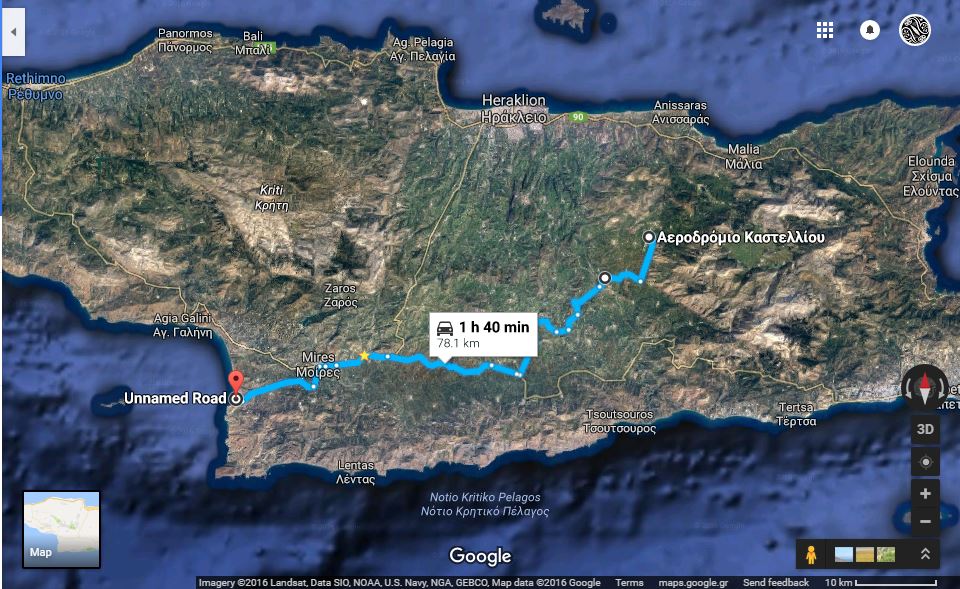
Delays in infrastructural improvements are to be understood given
the current financial crisis but there is still progress as a healthy
tourism industry is still the major contributor to Greece and Crete’s
economy. Pre-history, History, recreational (beach, hiking, scuba
diving) musical culture are well established offerings. Cretans have
the reputation for agricultural family farm values which include:
* respect for the land * hospitality * self-reliance
* living together with nature
and this may be well displayed in the largest agricultural area
– the Mesara on the island today as it was in Minoan times. Cretan cuisine
is one of foundation, not of complicated sauces. Its strength lies in the
quality and freshness of its ingredients, the use of wild herbs and greens,
and purity of taste. And not to be forgotten, the copious use of olive oil,
Crete’s liquid gold. This is exemplified at Cretan Olive Oil Farm,
Agreco Farm and others where interactive participation in farming
technique, production, preparation and dining is offered
for agricultural tourist business, based on
* diversity of harvest *permaculture *local seeds
A less direct route to Kommos on the western shore of the Mesara
(68.8 km/1hr14m), and depending on highway infrastructure may
increase the 74 minute drive from Heraklion’s current airport to the
Kommos site by 25 minutes5 (1h39m/83.4 km). A survey8 was
conducted by the Western Crete Tourism Observatory in coordination
with the Mediterranean Agronomic Institute of Chania, the University
of Crete and the Chania Hoteliers Association at the airport of Chania
(Daskalogiannis) until the end of June, based on 1500 questionnaires
translated into 7 languages.
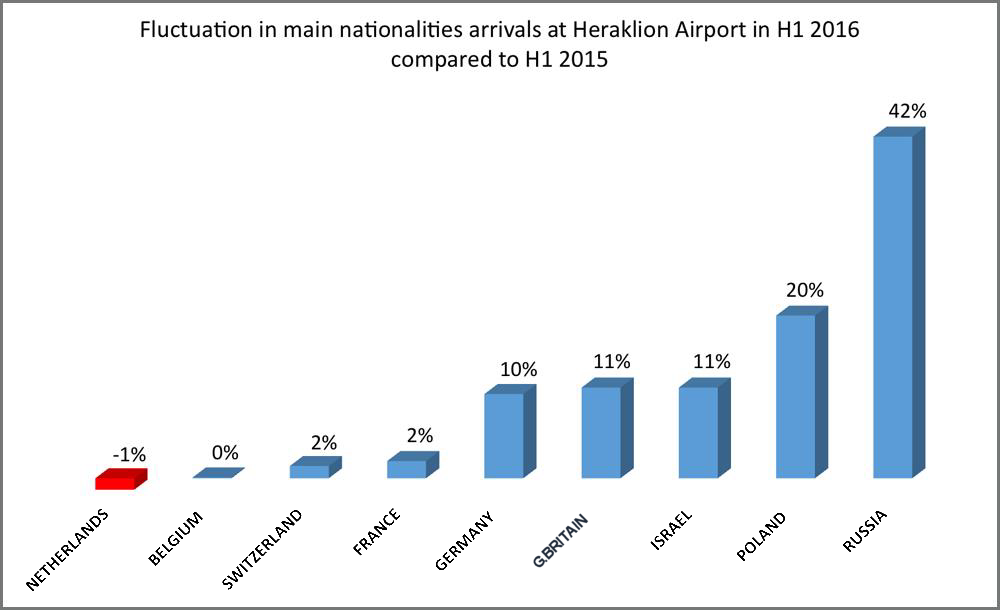
“During the first half of 2016, Crete scored a 10.3% rise in
arrivals of foreign tourists, which is higher than the
average of 4.9% increase nationwide, according to the
latest figures of the Tourism Confederation (SETE).
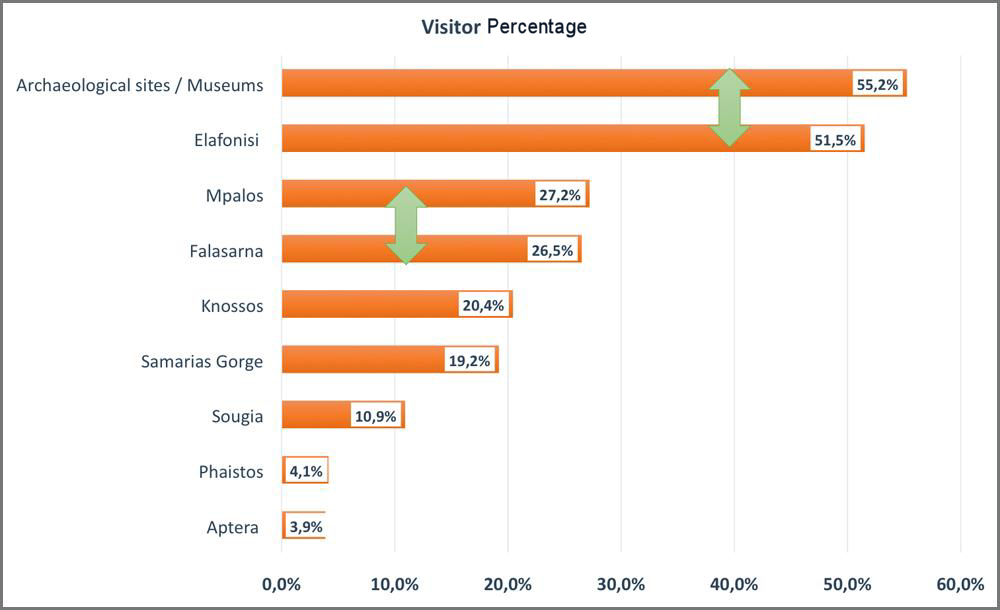
Most popular destinations for foreign tourists this year are
archaeological sites, museums and monasteries. While Kommos is
located in south central Crete and not exactly subject to the same
statistical results as western Crete, the largest of Greek islands is
very often traversed and explored beyond the Chania western most
prefecture or the sprawling north central “singles all night party”
coast. Families without children differ in terms of their stay, since
a large proportion prefers rooms/studios and spend more than
average, per person. Instead, families, even though they appear
with big incomes, prefer all-inclusive hotels and as a result spend
less. Many tourist outside of the all inclusive choice appreciate
and seek a more integrated context where Cretan family values of
*respect to cultural heritage *autonomy *simple way-of-life
*use of local small business * leisure and serenity
A lifestyle spread throughout the Mesara, including adjacent
to Kommos are villages designated as Traditional, where an
appealing environment of architecture and daily activities provides
the authentic base for the Cretan, Greek,
Mediterranean healthy, holiday experience.
The purchase of local agricultural products, wine, orange juice,
olive oil and local cheeses continue this year to be favored by foreign
tourists. Culinary tourism, agro-tourism and cultural tourism, such as
visits to museums, churches and archaeological sites are the
predominant alternative forms of tourism that are chosen more by
guests of Central and Northern Europe, while maritime tourism
seems to have high impact on Nordic tourists. Increasing the marketing
of the specific Mesara resources focusing on the less developed,
agricultural / wine and “food to table” and the long standing
naturalist tendency to use Kommos Beach, might be considered for
a targeted marketing emphasis coupled with the aforementioned
Museum of the Mesara and archaeological sites are perhaps typically
not the holiday of parents with their children.
“Smells from kneading and vintage, agricultural works in olive groves
and vineyards, wandering in the whitewashed streets and through
the village squares, voices of children playing around, bleating
animals. Pictures that today are like distant memories. Yet the visitor
of Crete can still come in contact with this traditional way of life,
while staying in one of the rural villages or one of the many
agritourism cottages scattered all over the island,
which can offer similar experiences.”9
“Agritourism lodges and some specialized companies provide seminars
for traditional cooking, pastry, kneading bread and collecting wild
greens, herbs, mushrooms, snails and truffle. Moreover, one can
participate in the harvest of olives, the process of olive oil production,
distillation of raki, vintage, honey production, vegetable cultivation,
collection of milk and processing of dairy products,
raising domestic animals, shearing sheep, etc.” 9
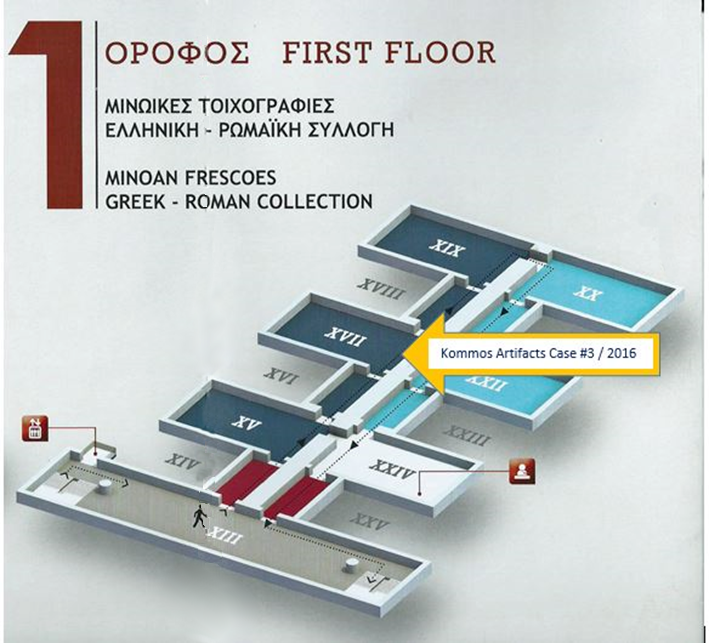
A visit to Kommos and the Mesara fits in well with the increased
recognition of Crete, as a tourist destination where unique
experiences appeal to an ever widening discerning tourist seeking
an authentic, distinct, historical continuity with an ancient past.
Kommos provides beyond the obvious exposed seaport, temple and
town site structures, the freshness of the sea and natural beauty of the
shore and vistas, successful emphasis on conservation of wildlife
(Caretta caretta), outdoor activities coupled with increased
infrastructure and transportation system development will
substantiate further investment at pre-historic / historic Kommos
as a sustainable, experientially rich learning environment.
References
1. https://www.kommosconservancy.org/the-chinese-are-coming/
2. http://oriste.com/2009/02/25/new-airport-iraklio-crete-in-kastelli-pediados/
3. http://oriste.com/2011/01/20/construction-of-iraklio-airport-in-kastelli-pediados/
5. http://www.hellinikimeletitiki.gr/en/mouseio-messaras.html
6. http://www.regioni.it/cms/file/Image/upload/seminari/301115/
4_EL_SA36581%20MESSARA%20MUSEUM.pdf
7. https://www.google.gr/maps/@35.1767498,25.1816206,10.25z?hl=en
8. http://www.tornosnews.gr/en/special-reports-statistics/17420- crete- survey.html (Russians – largest tourist populace at Heraklion airport @42%)
9. https://www.incrediblecrete.gr
see * 03 November 2016 update in the COMMENTS below from R.C. Bigelow
see ** 21 March 2017 update COMMENTS below from J.C. Stratis
You can follow us on Twitter (@KommosAP) or join us on Facebook (Kommos Conservancy).
“Μπορείτε να μας ακολουθήσετε στο Twitter (@KommosAP) ή στο Facebook (Kommos Conservancy).”

Another account of the GEK Terna bid may be found in “The Hindu” newspaper (Hyderabad):
http://www.thehindu.com/business/Industry/gmr-submits-bid-for-airport-in-greece/article9282347.ece
Piraeus, Med’s biggest port, plans its next development steps
Ilias Bellos
eKathimerini Business Economy 18.03.2017
With 16.54 million passengers in 2015, Piraeus is the biggest coastal shipping port among 69 organized ports in the Mediterranean, according to data compiled by MedCruise, while the new management of Piraeus Port Authority (OLP), controlled by the Cosco Group since last year, is preparing to add to its real estate as a part of its general upgrading plan.
Starting from this year, Greece’s main port will undergo a general facelift in terms of its infrastructure as a part of OLP’s investment plan that provides for expenditure on improvement and maintenance totaling 15 million euros in 2017.
Kathimerini understands that in the medium term, OLP’s new management will implement a development plan for the port’s real estate that it is currently drafting. This will concern shops and reception and waiting areas, as well as the development of a hotel complex.
This planned utilization of the port zone’s real estate is expected to encourage passengers and other visitors to spend more time at the port of Piraeus, whose passenger traffic is by far the highest in the Mediterranean – more than twice that of Naples, in distant second place: The Italian port had 6.32 million passengers in 2015, according to the annual study of the Association of Mediterranean Cruise Ports (MedCruise), presented this week at the Seatrade Cruise Global 2017 fair in Fort Lauderdale, Florida.
The report showed that Greece recorded the second highest coastal shipping traffic in the Mediterranean (after Italy) in 2015, with 25.2 million passengers – the figures for 2016 are not available yet. Italy and Greece cover 70 percent of the total coastal shipping traffic in the Med, accounting for 37.3 percent and 32.7 percent respectively.
A significant factor contributing to Piraeus’s huge passenger numbers is its link with the Saronic islands, particularly nearby Salamina. It is also the main port linking continental Greece with hundreds of islands in the Aegean.
OLP’s coastal shipping turnover last year amounted to about 10.34 million euros, almost on a par with the year before, while net profits from this activity reached 1.59 million euros in 2016, up 45 percent from 2015.